FILIPINO ARCHITECTS
1/39
There's no tags or description
Looks like no tags are added yet.
Name | Mastery | Learn | Test | Matching | Spaced |
|---|
No study sessions yet.
40 Terms

Otilio Arellano
He was one of the first architects of the post war generation that looked into the native symbols of the Philippines for inspiration for his architectural designs though he worked into the modernist approach.
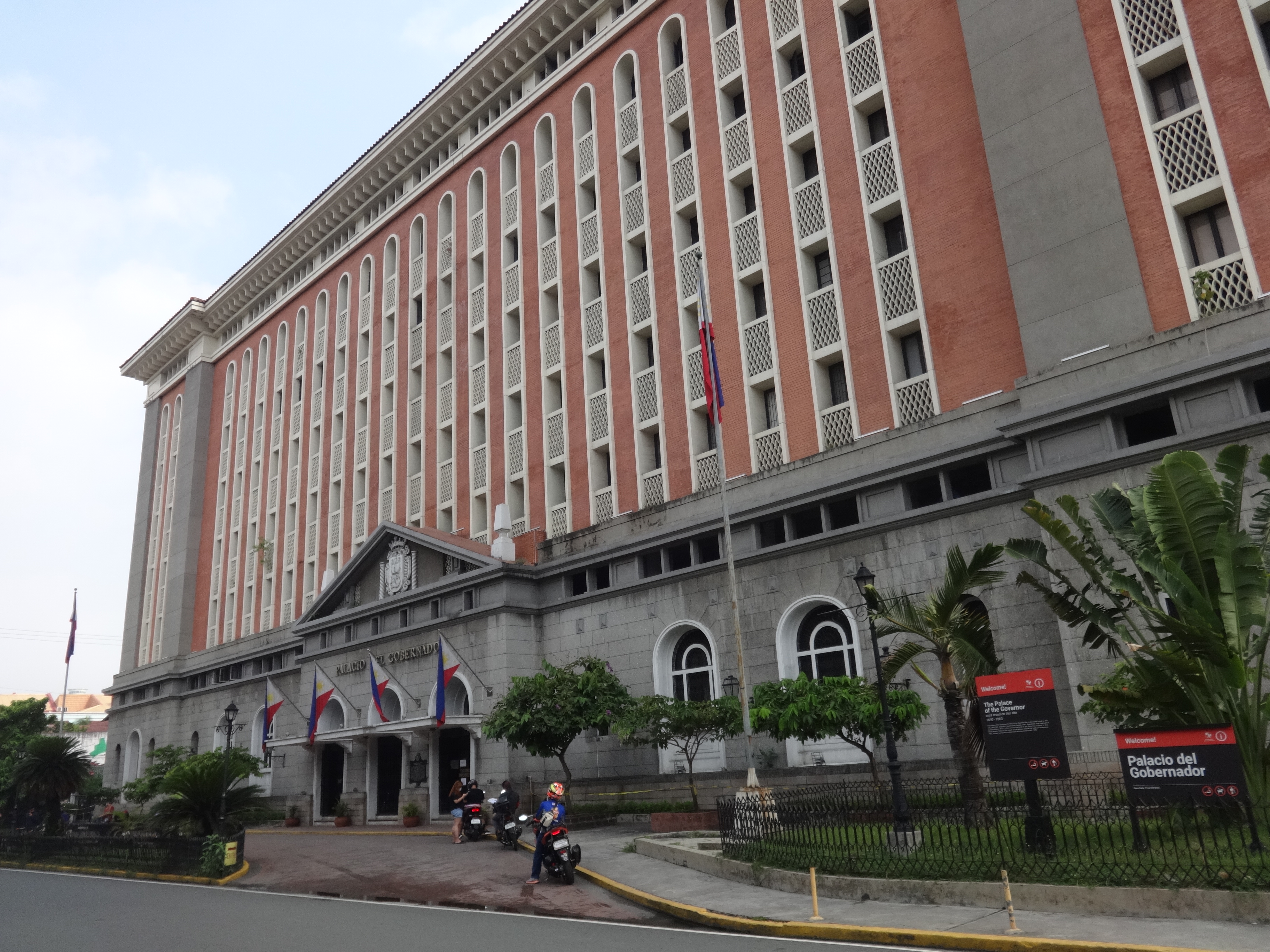
Palacio Del Gobernador in Intramuros, Manila
Designed by: Otolio Arellano

Carlos Arguelles
A Filipino architect who was known for being a leading proponent of the International Style of architecture in the Philippines in the 1960s.
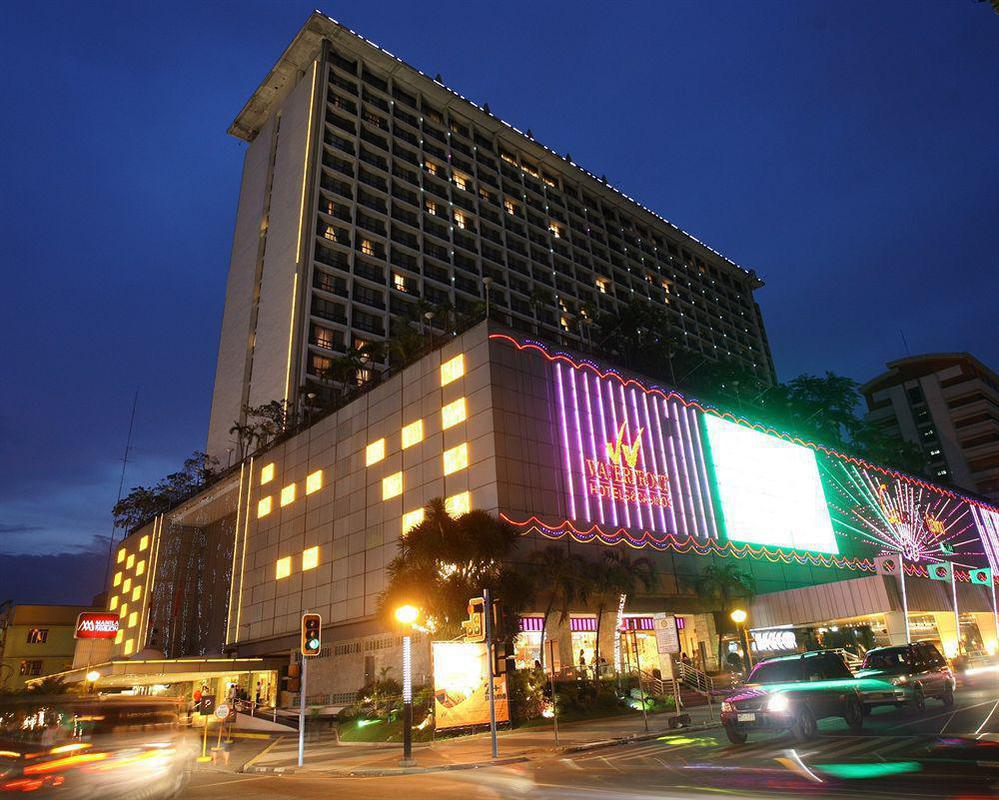
Manila Pavilion Hotel
Designed by: Carlos Arguelles
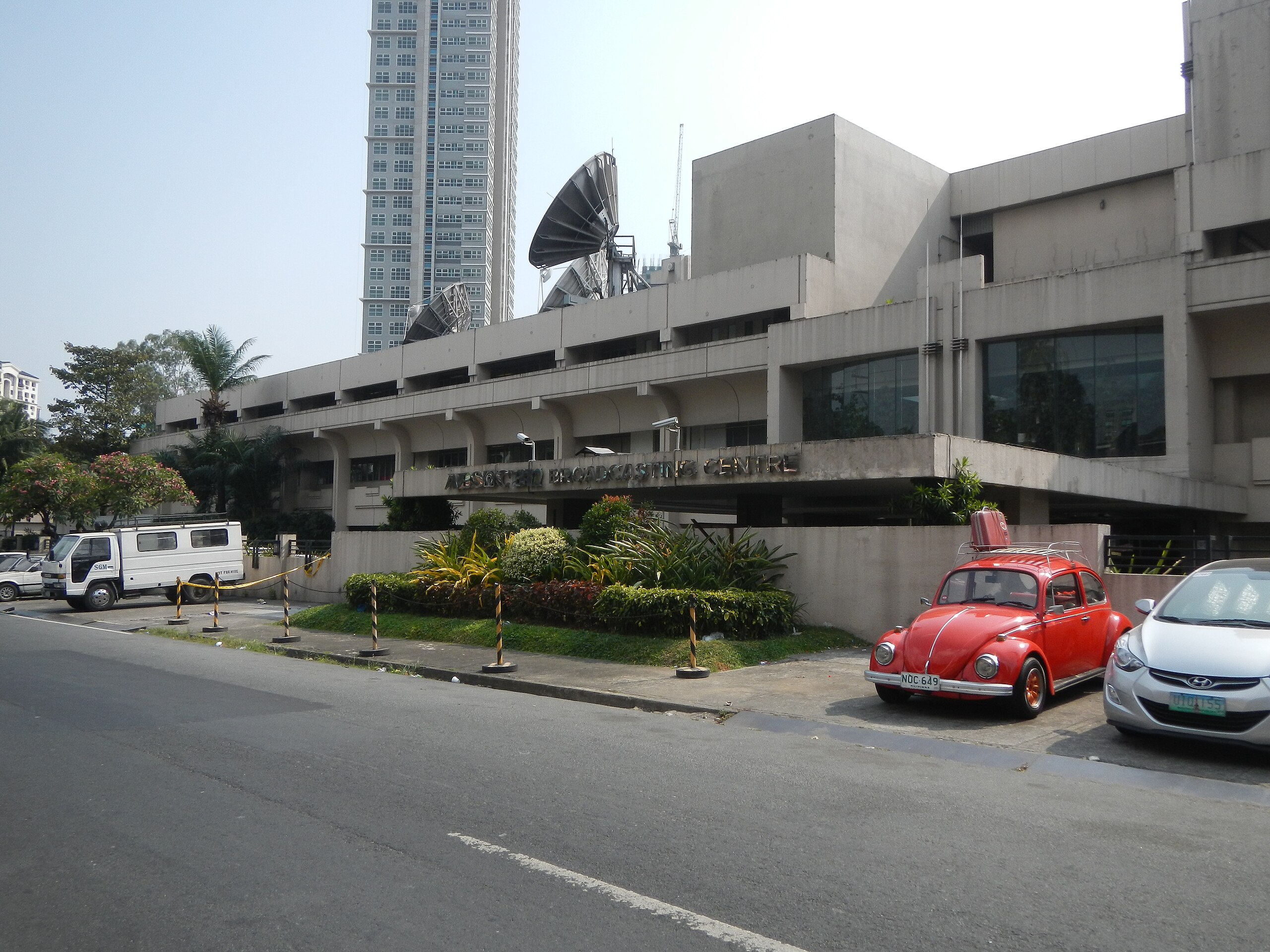
ABS-CBN Broadcasting Center, Diliman,Quezon City
Designed by: Carlos Arguelles

Cesar Concio
He is the first architect of the University of the Philippines.
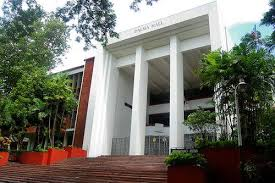
Palma Hall, UP Diliman
Designed by: Cesar Concio

Melchor Hall, UP Diliman
Designed by: Cesar Concio

Church of the Risen Lord, UP Diliman
Designed by: Cesar Concio
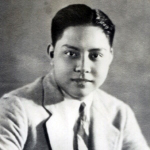
Gabriel Formoso
Became a registered architect in 1939.
He worked for Andres Luna de San Pedro and later for Pablo Antonio.

Asian Institute of Management
Designed by: Gabriel Formoso
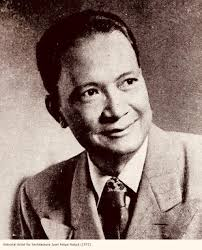
Leandro Locsin
A Filipino architect, artist, and interior designer known for his use of concrete, floating volume and simplistic design in his various projects.
He was proclaimed a National Artist of the Philippines for Architecture in 1990 by the late President Corazon C. Aquino.
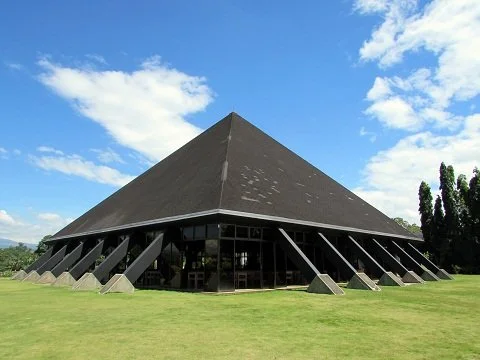
Benedictine Monastery of the Transfiguration
Designed by: Leandro Locsin
The unique pyramid-shaped church is an architectural masterpiece of National Artist Leandro Locsin.Dominated by the iconic roof, the church building's entrance is through any of the open glassdoors/walls. The interior is hollow;the high, slanting ceiling terminates at the apex of the pyramid.
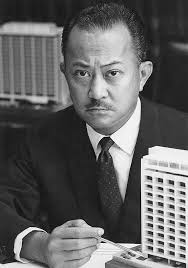
Alfredo Luz
He studied at Mapua Institute of Technology but his studies were interrupted by World War Il. While at Cal Berkeley, he won a student competition to design a building on campus. He was awarded a medal and the design plans were used in the actual construction of the building.
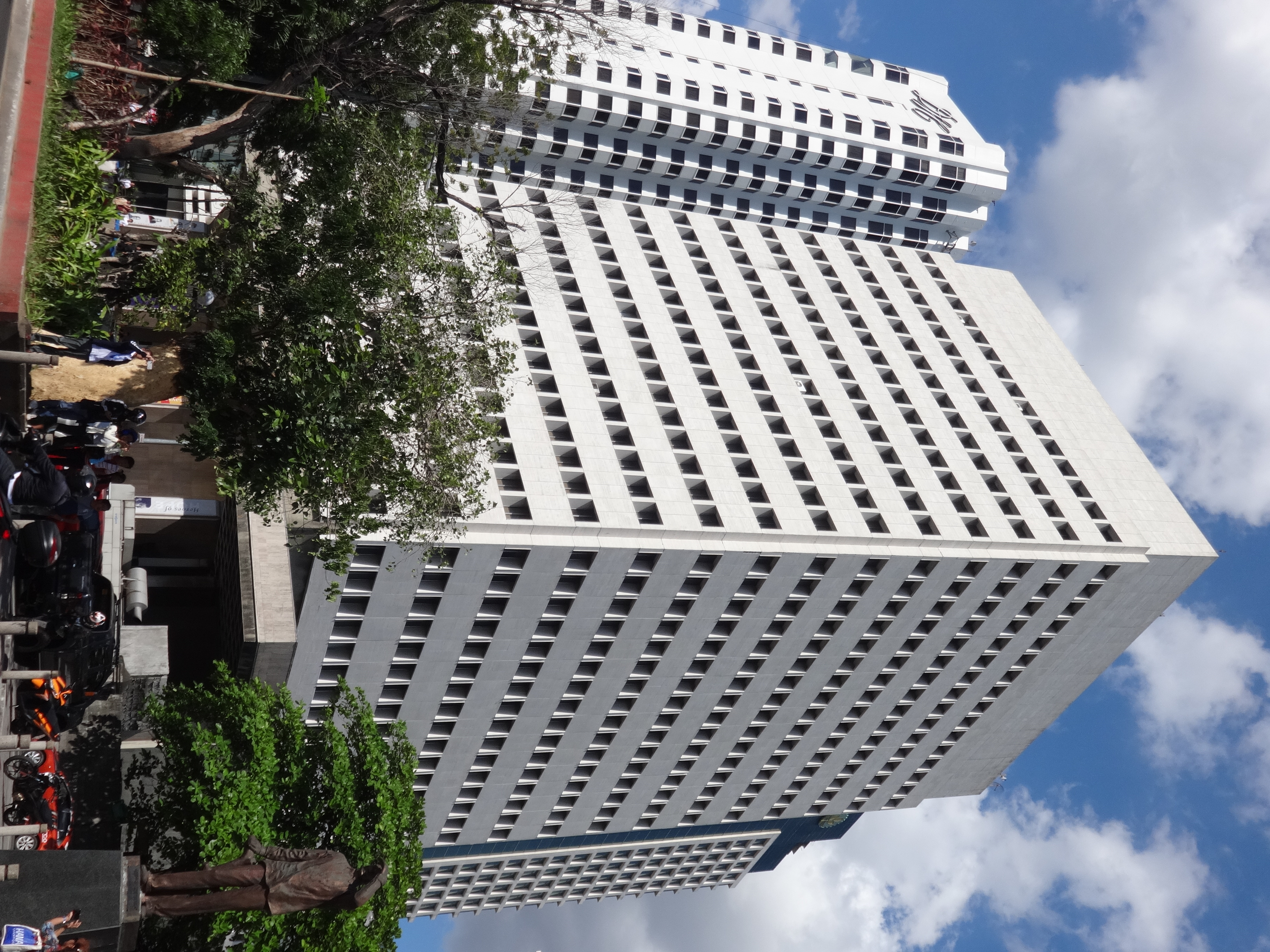
Ramon Magsaysay Center
Designed by: Alfredo Luz
The design used precast and prestressed beams like a tree rooted on the ground.
The exterior of the building was designed to withstand the salty environment that surrounds the building. It was clad with travertine marble slabs embedded in the frame of the building
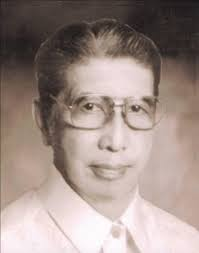
Felipe Mendoza
He was a Filipino architect, physical planner, writer and educator, who designed most of Philippine Architectural Landmarks.
He promoted tropical organic architecture, was a leader of Philippine Institute of Architects and the prime mover of United Architects of the Philippines.

Temples of The Church of Jesus Christ of Latter-day Saints
Designed by: Felipe Mendoza

Jose Zaragoza
He took up BS Architecture at the University of Santo Tomas where he graduated in 1936. He placed 7th in the licensure exams in the 1938.
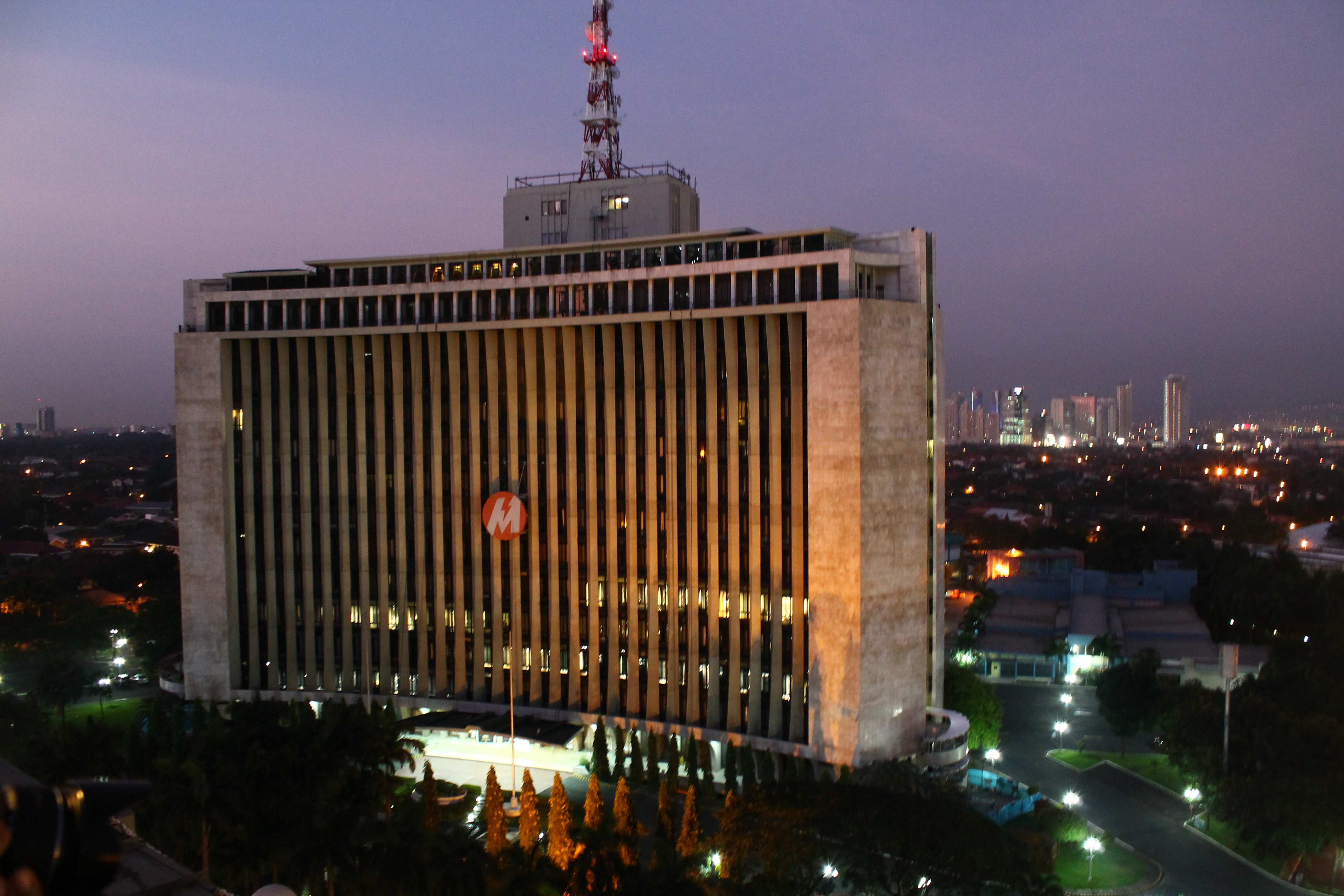
Meralco Building
Designed by: Jose Zaragoza
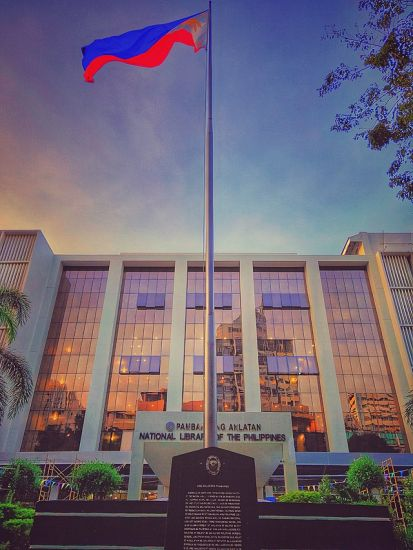
National Library of the Philippines
Designed by: Jose Zaragoza

Santo Domingo Church
Designed by: Jose Zaragoza
Also known as the National Shrine of Our Lady of the Holy Rosary of La Naval de Manila.
The church complex serves as the motherhouse or headquarters of the Dominican Order of the Philippines.
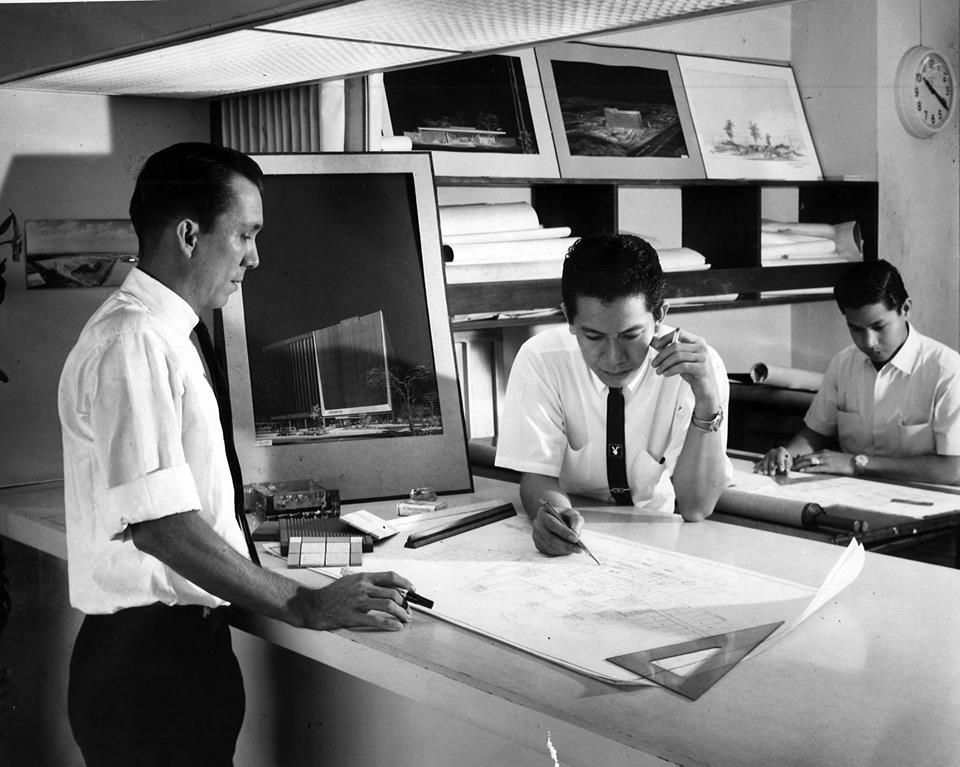
Mañosa Brothers
An architectural firm composed of Francisco, Manuel Jr, Jose and considered as one of the most influential Filipino architects of the 20th century for having pioneered the art of Philippine neo-vernacular architecture.

San Miguel Corporation Headquarters
Designed by: Mañosa Brothers
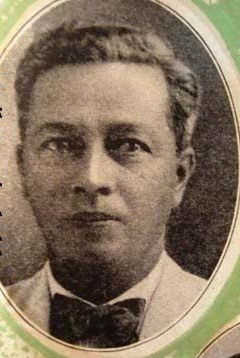
Carlos A. Barreto
First Pensionado architect
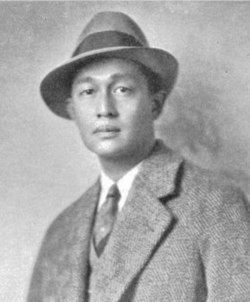
Juan M. Arellano
Medal of Merit Awardee
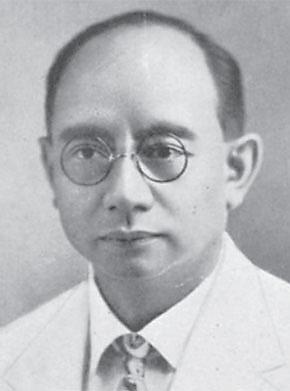
Tomas B. Mapua
First Registered Architect
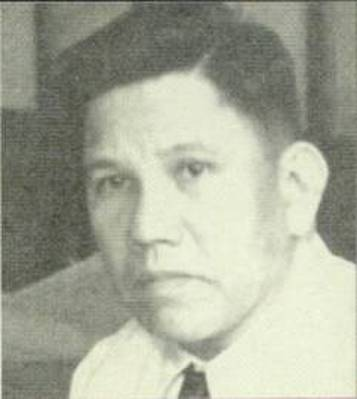
Antonio M. Toledo
Youngest Pensionado

Arcadio Arellano
A notable architect who was considered a pioneer during his time.
He built famous edifices and the residential buildings of the elite.
In all his works, he departed from American and European designs and instead incorporated Filipino native plants and motifs.

Gota De Leche Building
Designed by: Arcadio Arellano

Tomas Arguelles
Advocated the enforcement of the Building Code of Manila.
He is the father of Carlos Arguelles.
Heacock’s building
One of the major department stores of the period. Designed by Tomas Arguelles

Andrés Luna de San Pedro
Introduced new architectural forms in the Philippines by incorporating modern and exotic design motifs through the grammar of art deco. He was a Filipino architect who built the first air-conditioned building in the Philippines, the Crystal Arcade one of the popular tenant of Manila Stock Exchange.
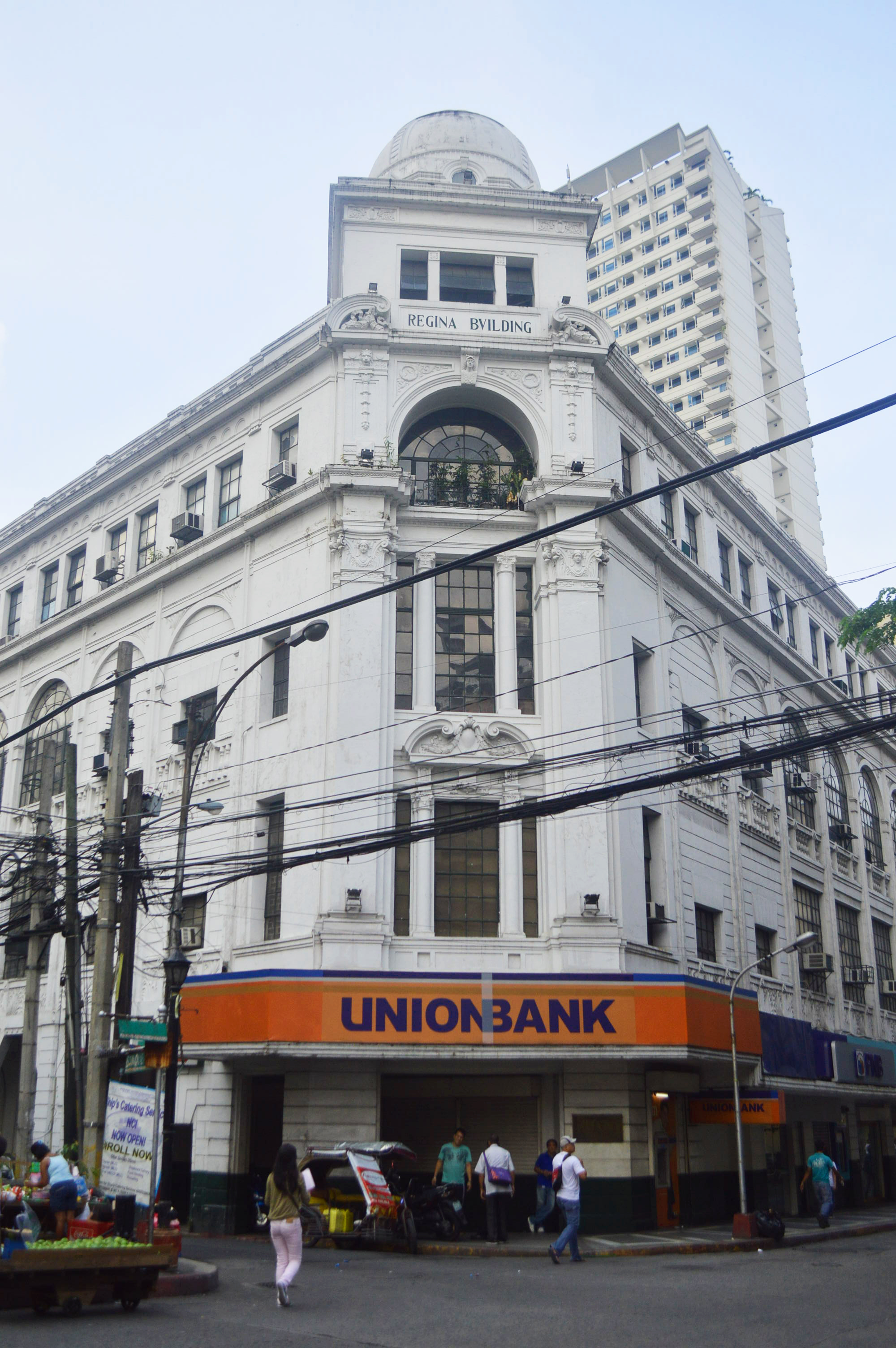
Regina Building
Designed by: Arcadio Arellano

Pablo Antonio
National Artist for Architecture
His buildings were characterized by clean lines, plain surfaces, and bold rectangular masses.
He also became president of the Philippine Institute of Architects.

Far Eastern University Main Building
Designed by: Pablo antonio
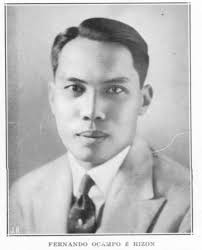
Fernando H. Ocampo
He was a Filipino architect and civil engineer.:
Designed with straightforward simplicity, synthesizing traditional designs with art-deco ornaments.
Co-founded the UST School of Fine Arts and Architecture in 1930.
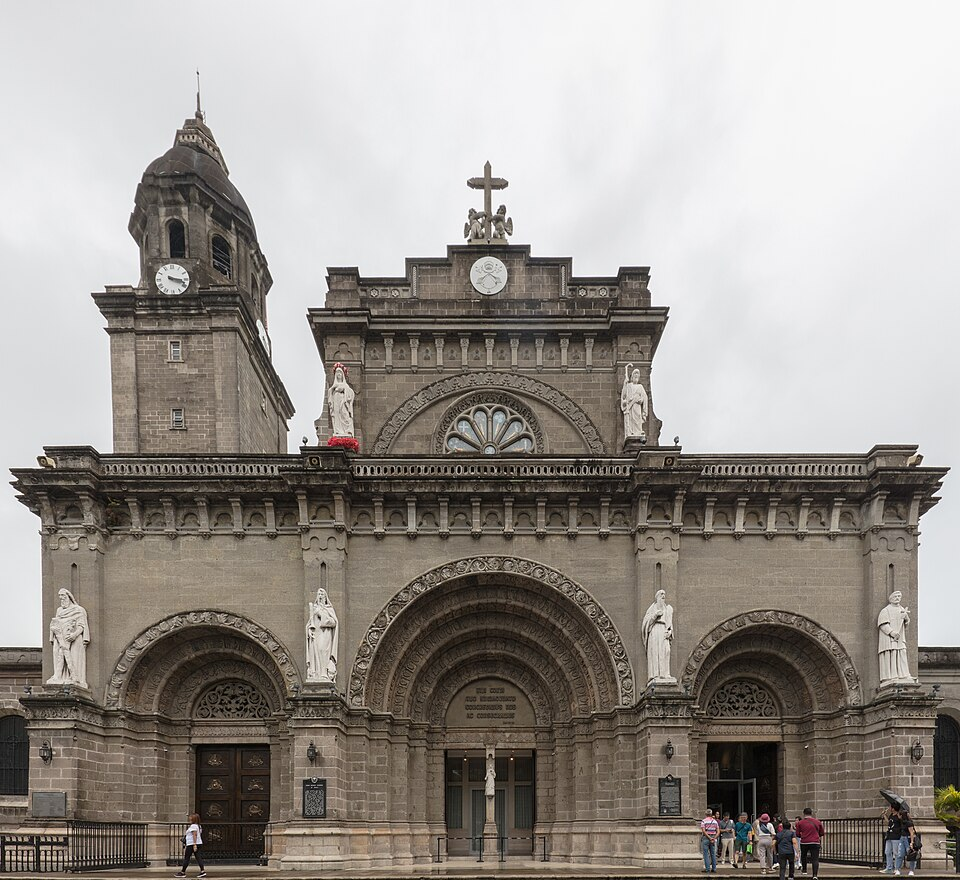
Minor Basilica and Metropolitan Cathedral of the Immaculate Conception
Designed by: Pablo Antonio
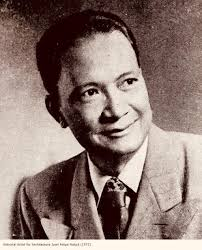
Juan Nakpil
National Artist for Architecture. Worked largely in the Art Deco style, combining stylized flora and angular forms.
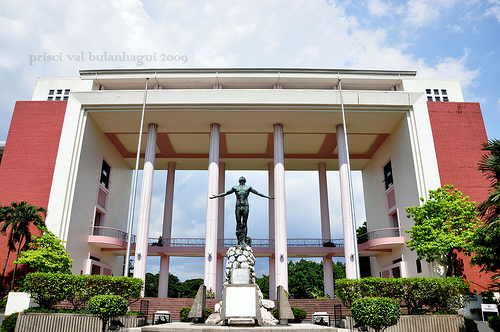
Quezon Hall - University of the Philippines
Designed by: Juan Nakpil
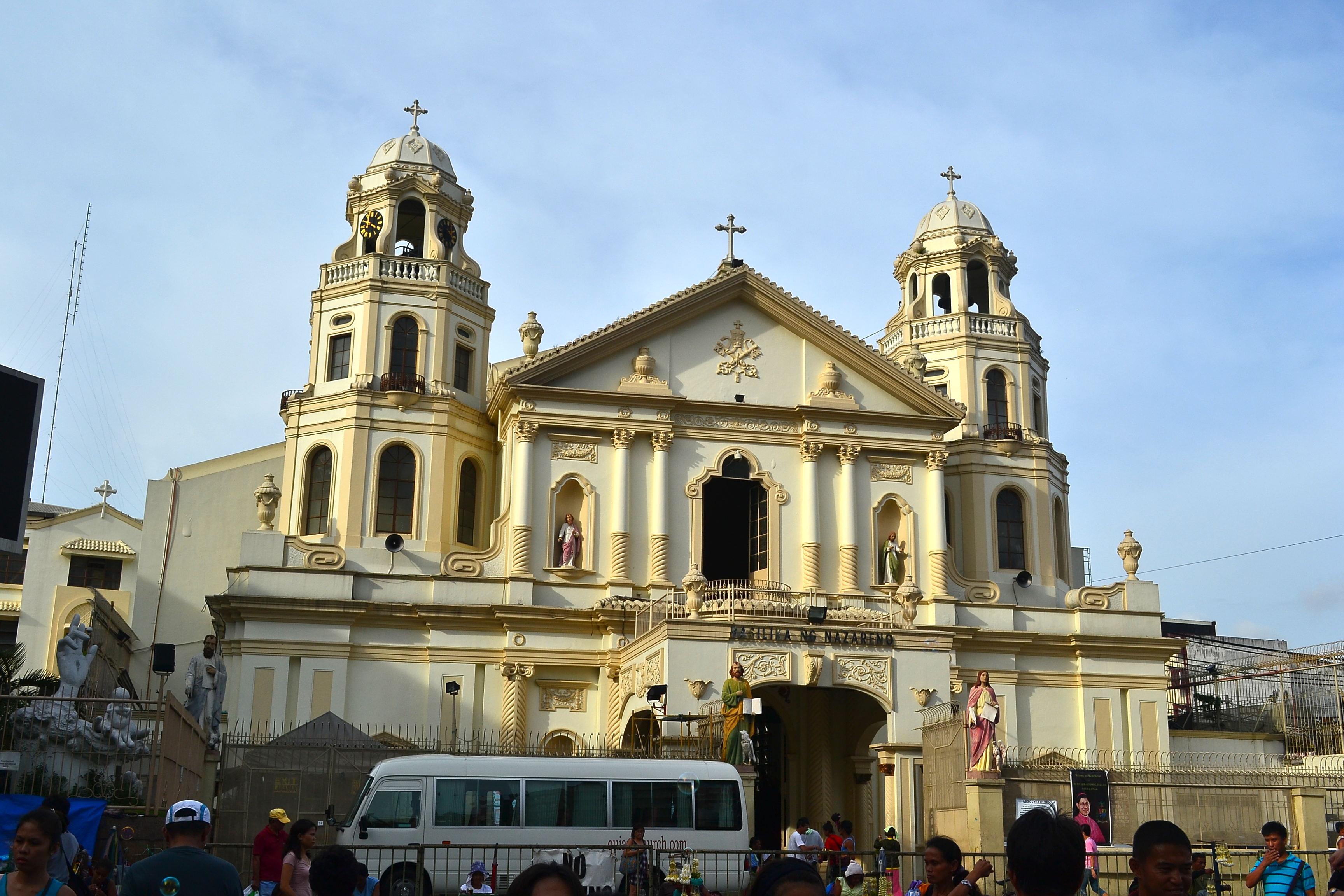
Restoration and addition of dome and belfry of Quiapo Church
Designed by: Juan Nakpil